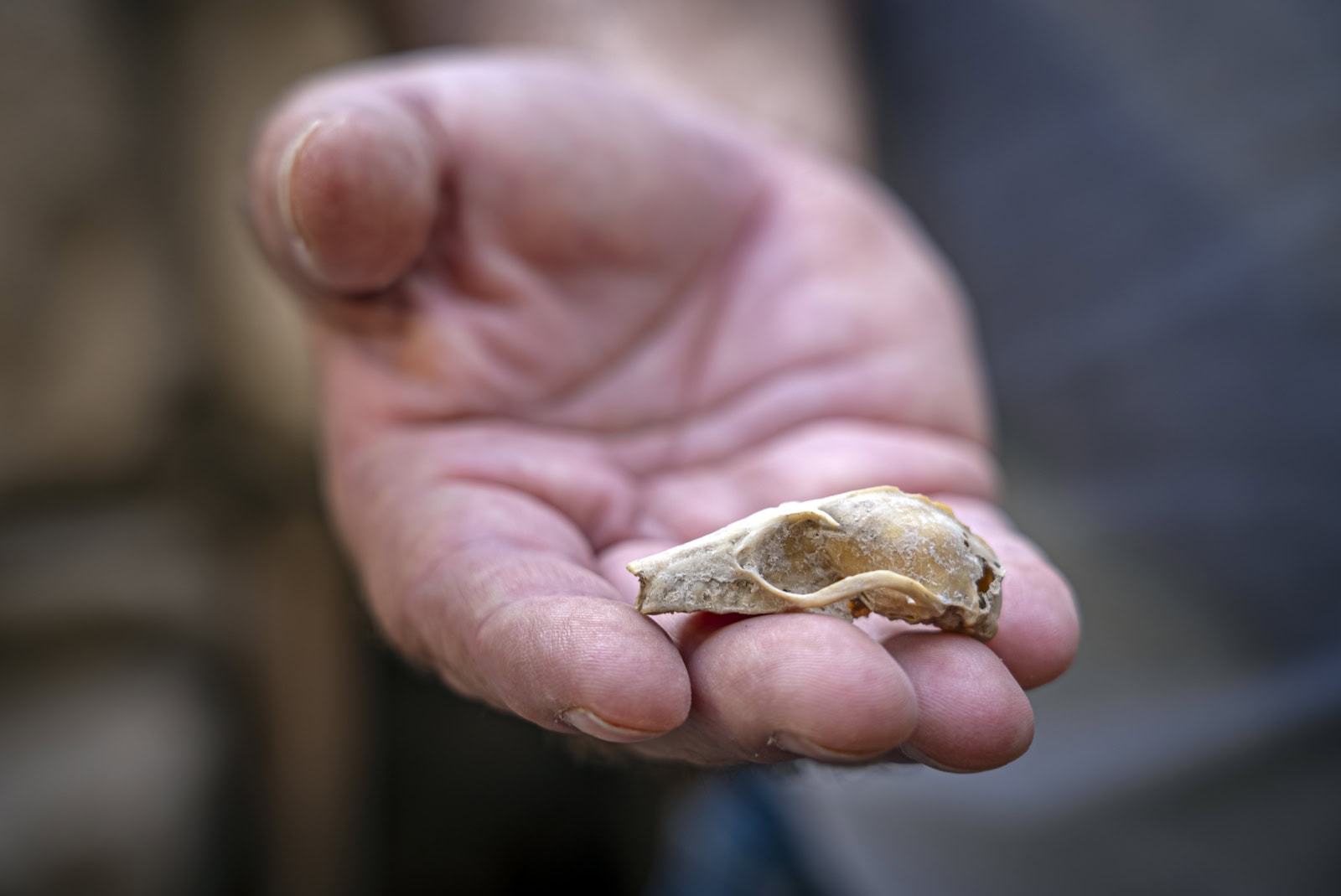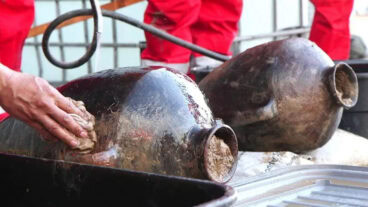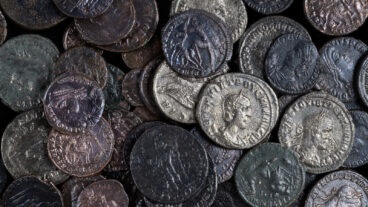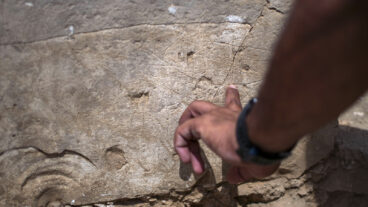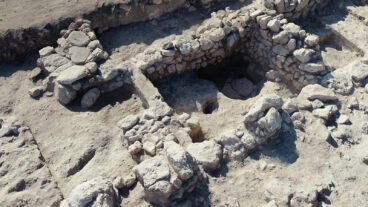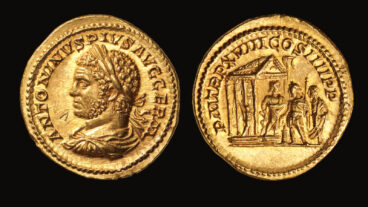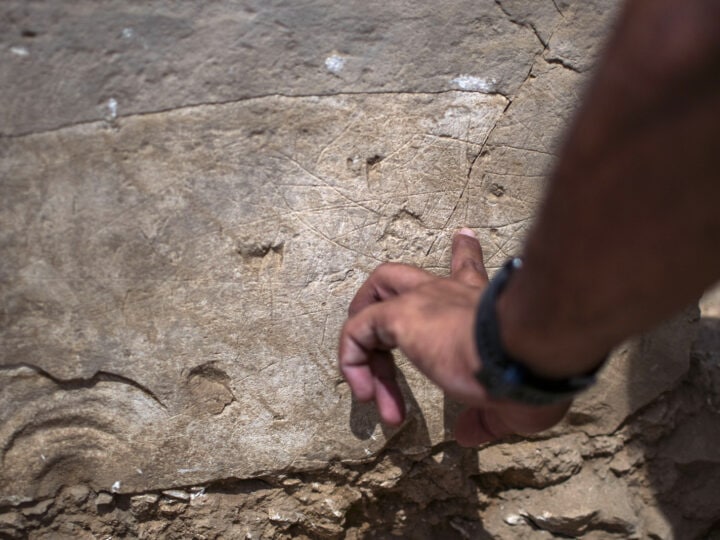Researchers in Israel are re-writing the history of Jerusalem after advances in carbon dating have allowed them to create a timeline of its construction with greater accuracy than ever before.
They now believe that much of the ancient city’s expansion actually took place at least a century earlier than previously thought, and have been able to link archaeological findings from the City of David archeological site to events described in the Bible.
The research program, funded by the Israel Science Foundation, lasted almost a decade and was jointly carried out by the Israel Antiquities Authority, Tel Aviv University (TAU) and the Weizmann Institute of Science. Their findings were recently published in the science journal PNAS.
The research team employed new radiocarbon dating techniques that can pinpoint, within a decade, the age of organic finds such as grape seeds, date pits and even bat skeletons.
Ancient tree rings from Europe, stored at the Weizmann Institute of Science, served as a benchmark for their timeline, providing data on fluctuations of carbon-14 – the basis of the radiocarbon dating method – found in the atmosphere.
As a result, they were able for the first time to scientifically reconstruct the history of Jerusalem from 1200 BCE — before the days of King David and Solomon — to the Babylonian destruction in 586 BCE.
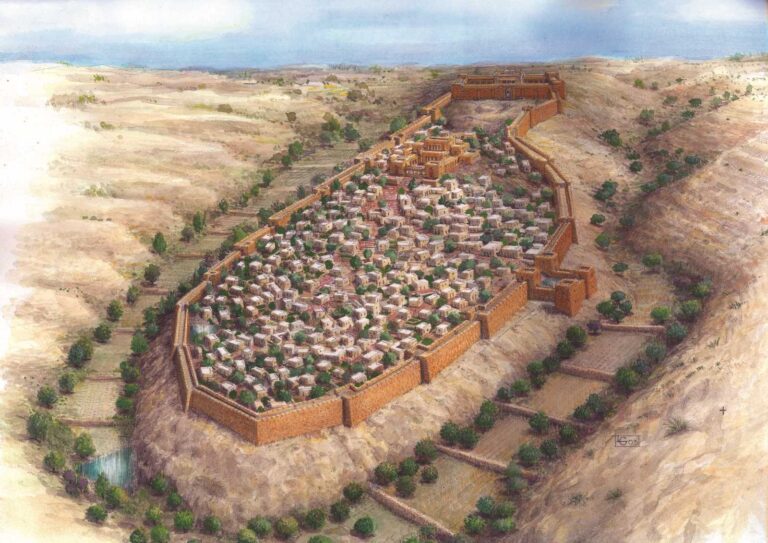
Their discovery challenges the idea that Jerusalem was constructed during the 350 years when the kings of Judah reigned.
“Until now, most researchers have linked Jerusalem’s growth to the west, to the period of King Hezekiah — just over 2700 years ago, following the Assyrian exile,” said Prof. Yuval Gadot of TAU.
“However, the new findings strengthen the view that Jerusalem grew in size and spread towards Mount Zion already in the 9th century BCE, during the reign of King Jehoash, 100 years before the Assyrian exile.”
In their findings the researchers present over 100 radiocarbon dates taken from four different excavation areas on the eastern and western slopes of the City of David.
They say their new timeline allows them to correlate between the biblical description of the royal construction activities in Jerusalem during the First Temple period and actual building activities uncovered during excavations.
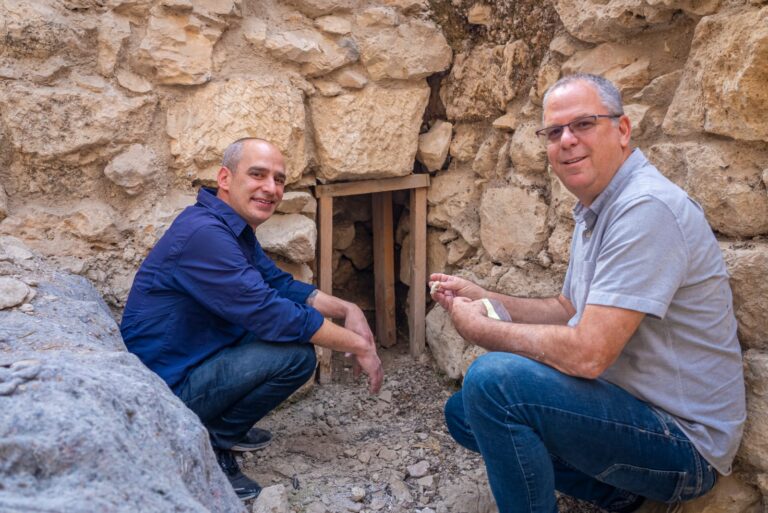
Dr. Joe Uziel of the Israel Antiquities Authority noted that the study unveils new information surrounding the construction of the Western Wall.
“Until now, many researchers have assumed that the wall was built by Hezekiah during his rebellion against Sennacherib, King of Assyria, in order to defend Jerusalem during the Assyrian siege,” he said.
“It is now apparent that the wall in its eastern part, in the area of the City of David, was built earlier, shortly after the great earthquake of Jerusalem, and as part of the construction of the city during the reign of King Uzziah.”




